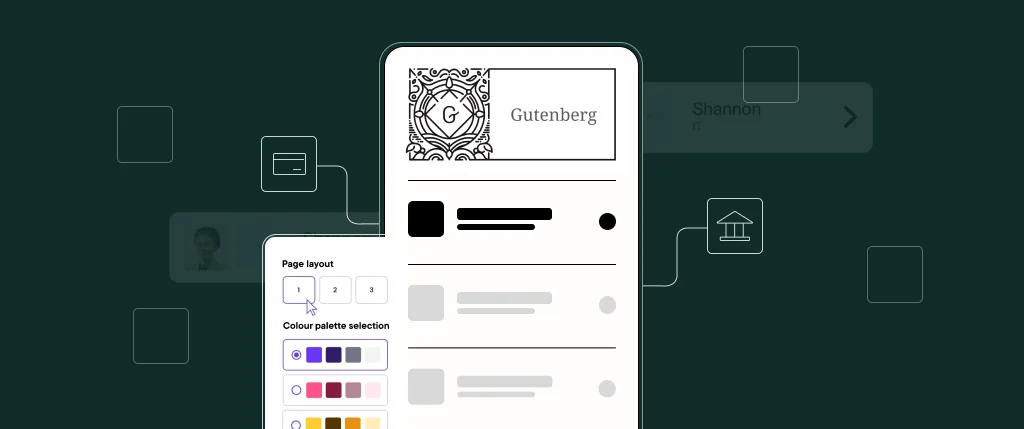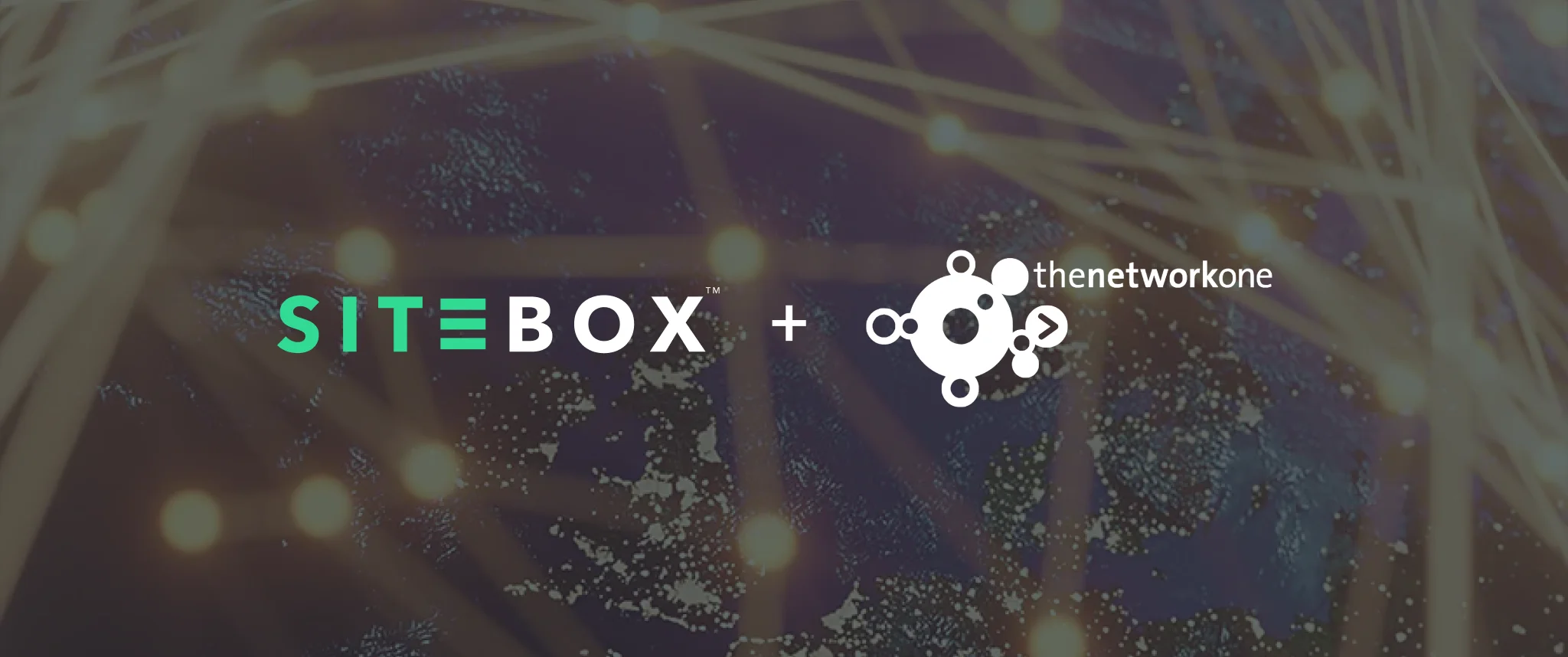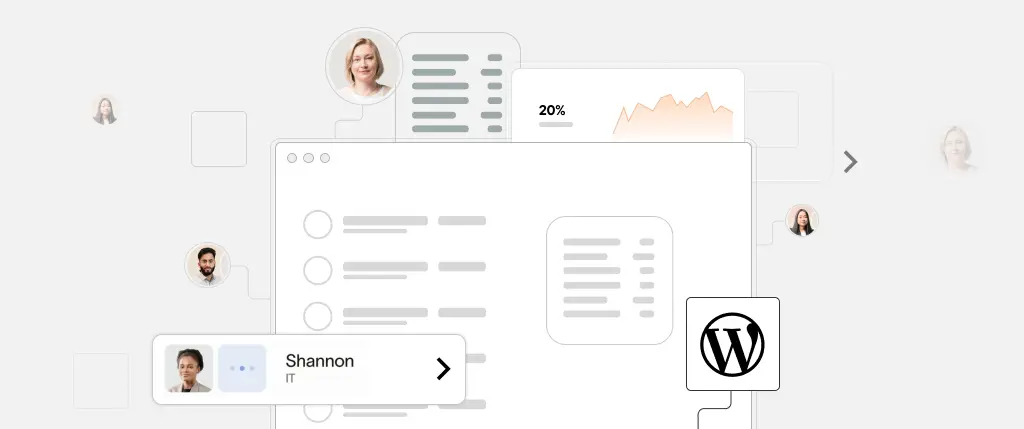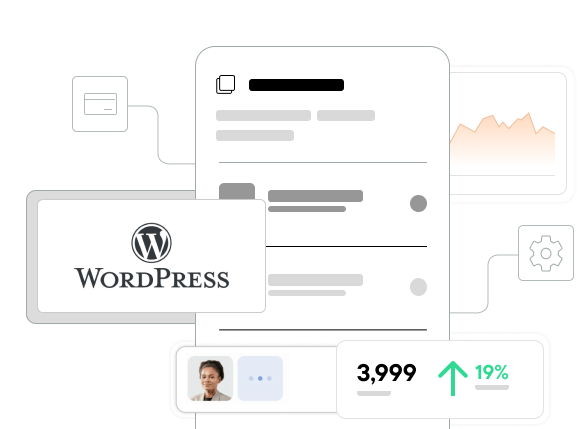Time is finite, and everyone involved in web development projects knows this.
As developer tools and WebOps capabilities in WordPress are on the increase however, there’s no need to cut corners; the Gutenberg editor is one way to speed up the efficiency of agency teams to still deliver brilliant on-brand user experiences for clients.
Having been introduced in WordPress 5.0, Gutenberg has already been the foundation for the creation of exemplary site experience in the popular hosting platform. The famous ‘blocks’ are the backbone of the editor, but that’s not where its power ends.
Here’s how Gutenberg has the potential to streamline an entire development process, from initial design to final deployment, delivering unparalleled results.
Recycle to excel
The blocks and templates that make up Gutenberg are fully reusable, a major plus-point for developers to construct a backlog library or pre-designed widgets that can simply slot into any page or post as they see fit. They’ll all be on brand, in fitting with the chosen elements established in a design system, spreading cohesion across the whole site-surfing experience.
This recyclable idea also saves a huge amount of time, particularly as we all know websites’ common elements: headers, footers, calls-to-action, and testimonials. When these are already collected and designed accordingly, any team member can drop them into a range of projects on-the-go; say hello to speedier workflows!
Bring Gutenberg into the workflow fold
To truly leverage the power of Gutenberg, it’s essential to integrate it into your development pipeline. This involves rethinking existing workflows, as they can be adapted to take advantage of Gutenberg’s features.
This starts with the aforementioned library of blocks, where design and development teams can divvy up the workload according to expertise:
- Designers can craft eye-popping visual components with user experience in mind.
- Developers can then ensure they’re fully optimised for performance and compatibility (i.e. image compression).
This only marks the project’s humble begins, but next consider how Gutenberg can be incorporated into your staging and testing processes. The WordPress editors allow any changes to be previewed in real-time, which means issues can be caught, and rectified, early on in the development cycle (so no scares later).
Then comes the deployment process, and Gutenberg makes this a lot simpler than you’d think. Because Gutenberg stores content as structured data, it only takes moments to port content between environments, whether that’s from development to staging, or staging to production.
Gutenberg is for everyone
Gutenberg is easy to use for all, and training a team to be well-versed in all of its capabilities will go far to streamline the inter-operability of an agencies’ moving parts. But it also creates opportunities teams to experiment and learn, or unearth their favourite design elements, widgets and optimisation tools in the process.
For developers, a dive deep into Gutenberg’s API is well worth the effort. There’s a wealth of resources available, from official WordPress documentation to third-party tutorials and courses. The more that the backend team understands Gutenberg’s inner workings, the better they’ll be able to supercharge every element to make webpages slicker, faster, SEO-focused and secure.
Also, consider running internal workshops or hackathons where your team can collaborate on creating new blocks and templates, boosts everybody’s skills and confidence with the editor, and creating a culture of innovation and continuous improvement that can benefit end users, too.
The future is block-based
Gutenberg is not just a new editor; it’s a new way of thinking about web development. Dive in, explore Gutenberg’s potential, and see how it can transform your agency team’s workflow as WordPress’ premier page builder.
If you’re inspired to get to grips with Gutenberg for your WordPress projects, contact the SiteBox team to learn more.




